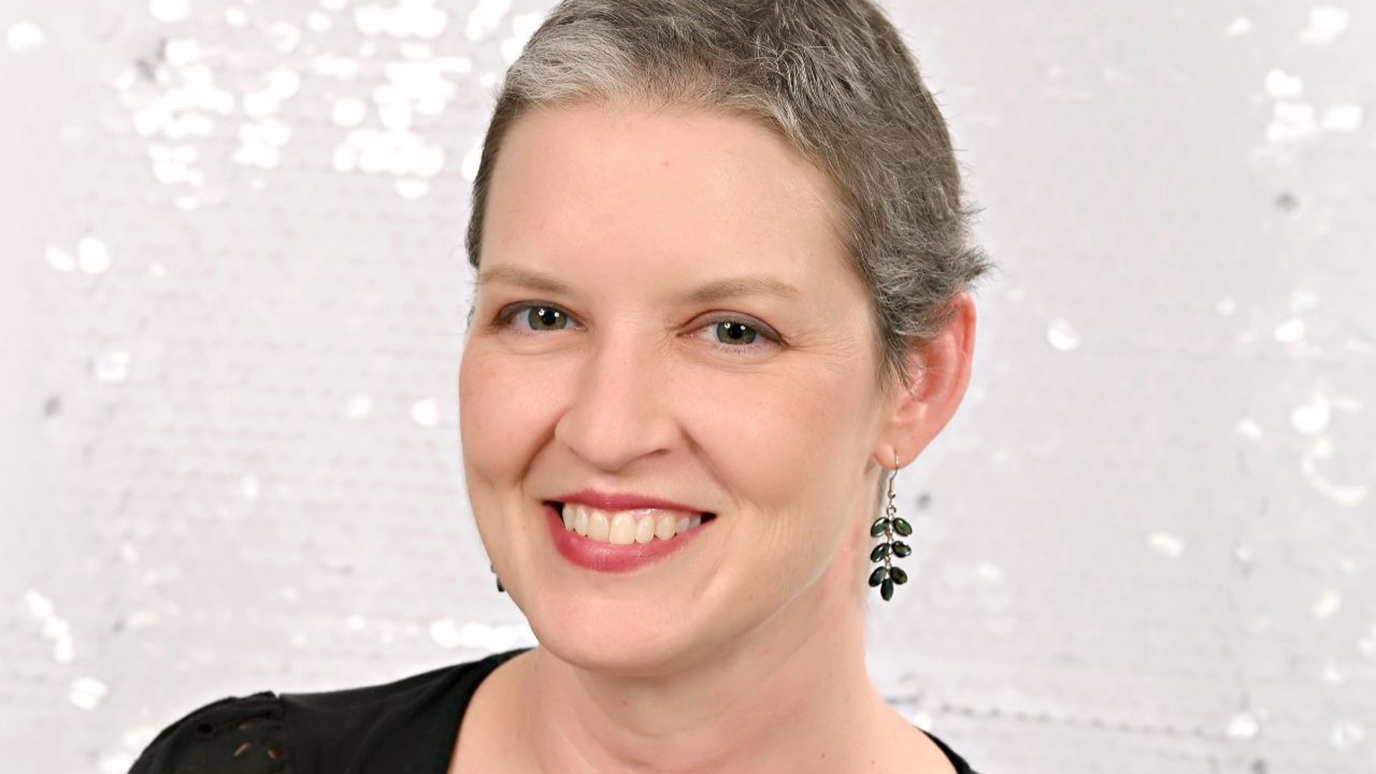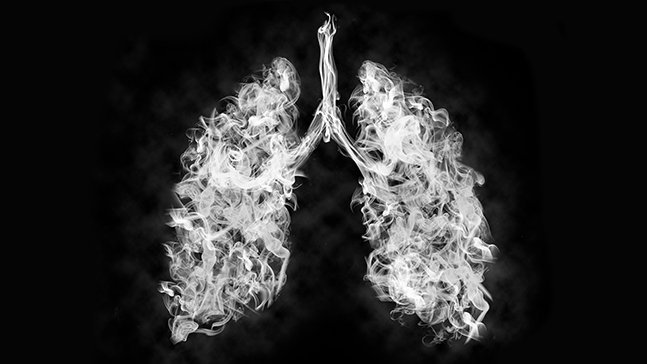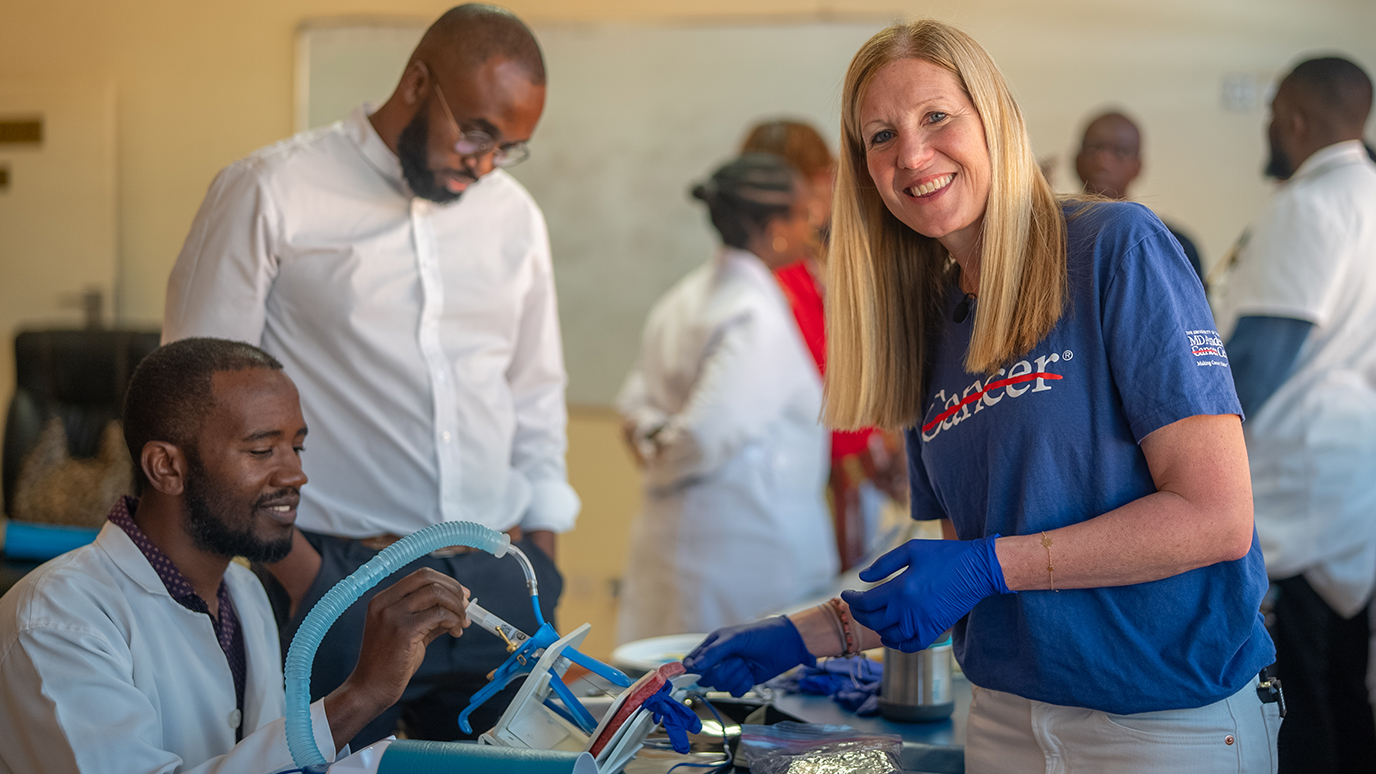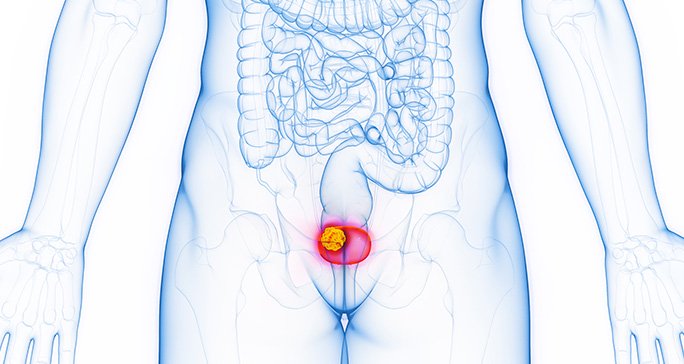- Diseases
- Acoustic Neuroma (14)
- Adrenal Gland Tumor (24)
- Anal Cancer (68)
- Anemia (2)
- Appendix Cancer (16)
- Bile Duct Cancer (26)
- Bladder Cancer (72)
- Brain Metastases (28)
- Brain Tumor (232)
- Breast Cancer (714)
- Breast Implant-Associated Anaplastic Large Cell Lymphoma (2)
- Cancer of Unknown Primary (4)
- Carcinoid Tumor (8)
- Cervical Cancer (158)
- Colon Cancer (166)
- Colorectal Cancer (116)
- Endocrine Tumor (4)
- Esophageal Cancer (44)
- Eye Cancer (36)
- Fallopian Tube Cancer (8)
- Germ Cell Tumor (4)
- Gestational Trophoblastic Disease (2)
- Head and Neck Cancer (12)
- Kidney Cancer (128)
- Leukemia (342)
- Liver Cancer (50)
- Lung Cancer (286)
- Lymphoma (278)
- Mesothelioma (14)
- Metastasis (30)
- Multiple Myeloma (100)
- Myelodysplastic Syndrome (60)
- Myeloproliferative Neoplasm (4)
- Neuroendocrine Tumors (16)
- Oral Cancer (100)
- Ovarian Cancer (172)
- Pancreatic Cancer (160)
- Parathyroid Disease (2)
- Penile Cancer (14)
- Pituitary Tumor (6)
- Prostate Cancer (146)
- Rectal Cancer (58)
- Renal Medullary Carcinoma (6)
- Salivary Gland Cancer (14)
- Sarcoma (238)
- Skin Cancer (294)
- Skull Base Tumors (56)
- Spinal Tumor (12)
- Stomach Cancer (64)
- Testicular Cancer (28)
- Throat Cancer (92)
- Thymoma (6)
- Thyroid Cancer (96)
- Tonsil Cancer (30)
- Uterine Cancer (80)
- Vaginal Cancer (16)
- Vulvar Cancer (20)
- Cancer Topic
- Adolescent and Young Adult Cancer Issues (20)
- Advance Care Planning (10)
- Biostatistics (2)
- Blood Donation (18)
- Bone Health (8)
- COVID-19 (362)
- Cancer Recurrence (120)
- Childhood Cancer Issues (120)
- Clinical Trials (630)
- Complementary Integrative Medicine (22)
- Cytogenetics (2)
- DNA Methylation (4)
- Diagnosis (232)
- Epigenetics (6)
- Fertility (62)
- Follow-up Guidelines (2)
- Health Disparities (14)
- Hereditary Cancer Syndromes (126)
- Immunology (18)
- Li-Fraumeni Syndrome (8)
- Mental Health (116)
- Molecular Diagnostics (8)
- Pain Management (62)
- Palliative Care (8)
- Pathology (10)
- Physical Therapy (18)
- Pregnancy (18)
- Prevention (912)
- Research (392)
- Second Opinion (74)
- Sexuality (16)
- Side Effects (604)
- Sleep Disorders (10)
- Stem Cell Transplantation Cellular Therapy (216)
- Support (402)
- Survivorship (320)
- Symptoms (182)
- Treatment (1786)
5 questions about photodynamic therapy, answered
BY Molly Adams
4 minute read | Published July 21, 2022
Medically Reviewed | Last reviewed by an MD Anderson Cancer Center medical professional on July 21, 2022
Developed in the 1900s, photodynamic therapy uses light to kill cancer cells and spare healthy tissue. It can be used in a variety of cancer types including skin cancers, head and neck cancers, vaginal cancer, gastrointestinal tumors and lung cancer.
“Think of it like giving the cancer cells a sunburn,” says pulmonologist George Eapen, M.D.
Here, he and dermatologist Anisha Patel, M.D., explain how photodynamic therapy works, including its benefits over other treatment approaches, as well as possible side effects.
1. How does photodynamic therapy work?
Photodynamic therapy uses light to kill cancer cells.
Patients are given medicine to make the cells sensitive to light. Patients with solid tumors receive an infusion of photofrin. Aminolevulinic acid, a topical photosensitizer, is painted directly on the skin to treat skin cancers. This process is done ahead of the light treatment. This gives healthy cells time to shed the photosensitizing agent to avoid damage. Cancer cells are more sensitive to this medicine, so they hang onto it longer than healthy cells.
After receiving the photosensitizing agent, patients go back for the light treatment. This period can range depending on the type of cancer, from one to 48 hours. The light is shined right on the affected area, targeting the cancer cells and inducing inflammation. “Patients may feel warm during the process, but it’s generally painless,” Patel says.
2. How does photodynamic therapy fit into cancer care?
Photodynamic therapy can be used to treat cancer, prevent cancer and improve the quality of life of a patient with cancer.
For example, patients with early-stage lung cancer may be treated with photodynamic therapy to eliminate cancerous cells before tumors grow or spread. Patients with large tumors – especially in the digestive tract or lungs – may receive photodynamic therapy to shrink the tumor so that the patient can undergo surgery. Photodynamic therapy can also shrink a tumor to relieve pressure on nearby organs or reduce shortness of breath.
Also, for patients on oxygen, thermal therapies like laser and electrocautery may not be an option because of the risk of fire. But photodynamic therapy may be a treatment option in this case. “Because we’re not using a thermal laser, patients can still use their oxygen during treatment,” Eapen says.
Photodynamic therapy can also help prevent skin cancer from forming, Patel adds. “If a patient has several precancerous skin spots on their body, we can use this therapy to get rid of those cells before cancer forms,” she says.
3. What are the benefits of photodynamic therapy?
Compared with other more invasive cancer treatments, photodynamic therapy is relatively easy for patients. It’s performed as an outpatient procedure in most cases, so patients can go home shortly after treatment and often don’t require any recovery afterward.
“Photodynamic therapy can also be used to improve patients’ quality of life to help them throughout other cancer treatments,” Eapen says. Studies have shown patients with lung cancer who undergo photodynamic therapy to clear their airways respond better to other cancer treatments.
Studies also show that when cancer cells die after photodynamic therapy, they release antigens that may boost the immune system.
4. What are the risks of photodynamic therapy?
Photodynamic therapy is generally safe, but as with any cancer treatment, there are risks and side effects. “It’s important to talk to your care team to understand your individual risks and benefits for any treatment,” Eapen says.
You will be more vulnerable to sun exposure while the photosensitizing agent is still in your system, so you’ll need to avoid sun exposure for up to six weeks after photodynamic therapy to reduce your risk of sunburn. “Patients should stay indoors as much as possible, or wear sun protective clothing and sunscreen if they have to be outside until the drug fully clears their system,” Patel says.
After photodynamic therapy, your body will dispose of the dead cancerous cells. With lung cancer, this can block your airways and make it difficult to breathe. A bronchoscopy can clear the airways of any dead tissue a few days after photodynamic therapy. During this procedure, your care team will place a tube down your throat into your lungs to suction out tissue affected by photodynamic therapy.
As your body starts to shed dead cells, you may experience bleeding. Thoracic patients may cough up blood. Patients with gastrointestinal tumors may see blood in their stool. Skin cancers will slough off or leave behind a wound.
Talk to your care team about your side effects so they can monitor for any serious side effects.
5. What research is underway to improve photodynamic therapy?
“As treatments like radiation therapy have improved, photodynamic therapy has become less common,” Eapen says. Because of the duration of treatment, there’s research underway to make photosensitizing agents work more quickly so that patients can back to their daily activities sooner. There’s also work underway to reduce the time patients will be sensitive to the sun after receiving photodynamic therapy.
“Things that work well don’t get replaced, they just get added to,” Eapen says.
Request an appointment at MD Anderson online or by calling 1-833-582-2516.
Related Cancerwise Stories

Photodynamic therapy can improve patients’ quality of life.
George Eapen, M.D.
Physician





